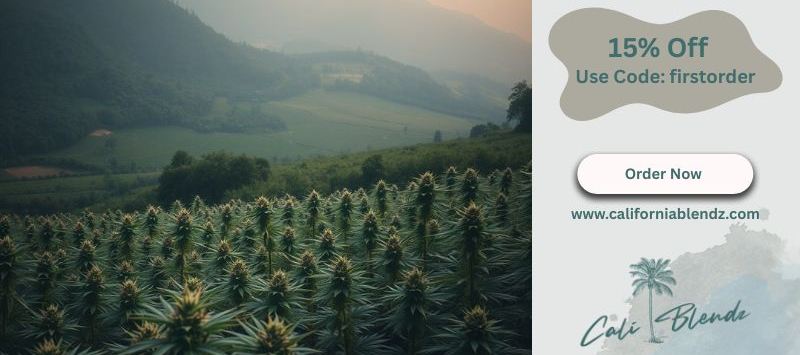New research shows that the cannabinoids CBD and CBDV have potent antifungal effects, including the ability to kill Cryptococcus neoformans and prevent biofilm formation.

A study published in PLOS Neglected Tropical Diseases has found that cannabidiol (CBD) and cannabidivarin (CBDV) possess significant antifungal properties, particularly against the fungal pathogen Cryptococcus neoformans. Conducted by researchers from Macquarie University and The University of Sydney, the study found that both cannabinoids acted in a fungicidal manner and inhibited the formation of biofilms—structures that often contribute to resistance and treatment failure.
Minimum inhibitory concentrations (MIC) for CBD and CBDV were observed at 6.25 µg/mL and 12.5 µg/mL respectively. At higher doses, both compounds killed fungal cells rapidly, with CBD and CBDV showing faster fungicidal effects than the conventional drug amphotericin B. Researchers also found that these cannabinoids disrupted key virulence factors, including capsule formation and mature biofilm integrity.
The compounds were tested against 33 fungal strains, including major human pathogens such as Candida albicans, Candida auris, Aspergillus fumigatus, and several dermatophytes that cause tinea infections. CBD and CBDV were particularly effective against dermatophytes, with MICs as low as 1.56 µg/mL. This marks the first published evidence of phytocannabinoids exhibiting antifungal activity against tinea-causing fungi, which affect an estimated 25% of the global population.
Further analysis showed that both cannabinoids disrupted fungal metabolism, ergosterol biosynthesis, and mitochondrial protein expression. In particular, CBDV significantly reduced fungal capsule thickness and altered fungal cell morphology, which may explain its enhanced activity in some models.
To test real-world application, researchers applied CBD topically in a Galleria mellonella burn wound model infected with C. neoformans. Larvae treated with CBD showed significantly improved survival compared to untreated controls and even those treated with amphotericin B.
With antifungal resistance on the rise and limited new treatments in development, the study’s authors say CBD and CBDV could serve as a foundation for developing novel antifungal therapies. The next step, they note, is assessing efficacy and pharmacokinetics in larger animal models.








